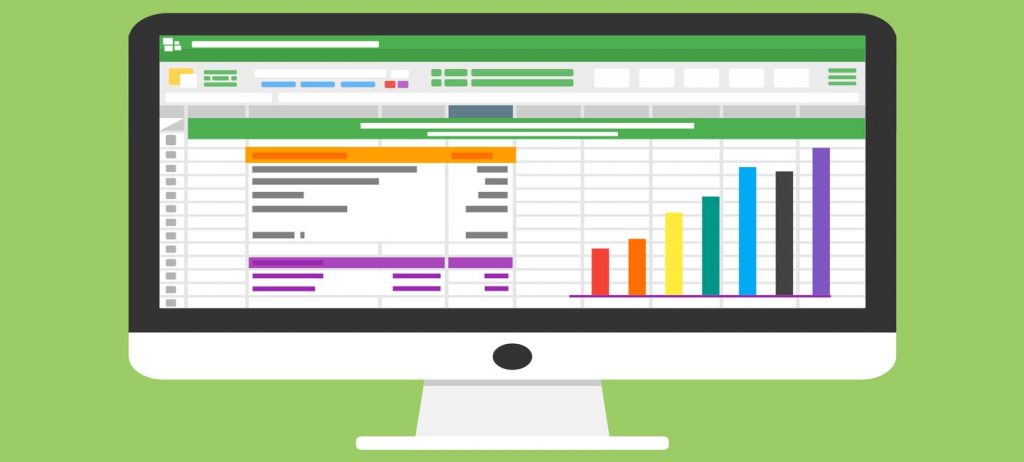Online marketing may have changed the rules in certain capacities, but classic marketing principles still apply. You establish goals for your online business, specify measurable objectives, and then get your promotions underway.
Your time and budget will constrain just how much you can spend on marketing, and this in turn effects how much traffic your websites (or blogs) receive.
Understanding market segmentation, then, becomes important.
No matter the type of business, you need to locate where your target audience hangs out on the web, and discover the variations — deviations like people who are older, younger, wealthier or more educated, ones that are more motivated by price than features, their geographical location, and all that.
The process of dividing your market into smaller sets of prospects and grouping them by certain characteristics they share is essential for an applicable marketing strategy that brings quantifiable and measurable results.
Here are a few forms of market segmentation, with a brief description of each:
Demographic segmentation
The most basic type of segmentation, which sorts your audience by factors like age, gender, education and socioeconomic status. Best suited for B2C (business to consumer) companies.
Vertical industry segmentation
This one is for B2B (business to business) providers. If you offer your products or services directly to other companies, then you will have to target the various elements in that defined industry.
Geographic segmentation
Another basic segmentation technique. You target your potential customers, or website visitors by their location. Target areas could be as small as your local neighborhood, as broad as a country, or even all the way up to a continent.
Job segmentation
Here you identify the various decision makers like engineers and managers in your B2B sales cycle. Could also be used in a B2C context, depending on what you offer.
Lifecycle segmentation
Consumers need different products at different stages of life. If you have an information product, you surely don’t want to pitch it to young kids. Classify your customers depending on which stage of life they are in, like teens, young singles, families, retirees and elderlies.
Psychographic segmentation
Fancy name for profiling your consumers by their values, beliefs, lifestyles, attitudes and opinions.
Specialty segmentation
This breakdown targets a custom narrowly defined market. For example, iPhone users that are using your app, or 9 to 16 year old male students in a school. Comes in handy when you have clearly defined targets that can be sorted out and distinctively outlined.
Now, the key point here is that you discover these variations by experience.
Ideally you’d want to focus on one market segment at a time, and then invest in the next market segment in order to maximize the returns from your limited marketing time and advertising budgets. Then again, this is something that you will only get good at once you indulge in.
